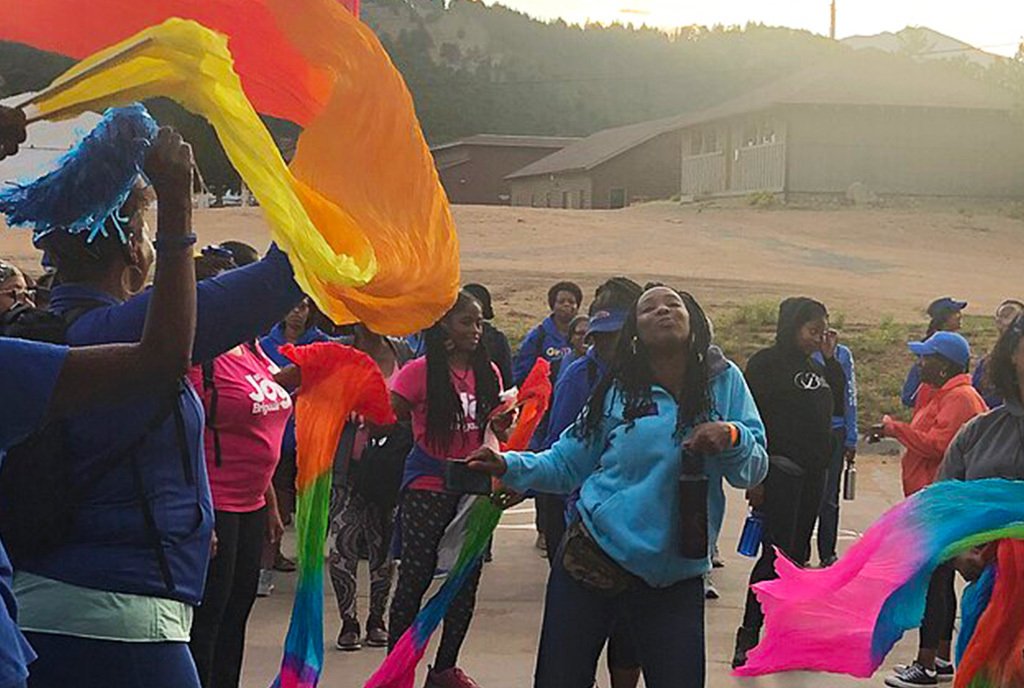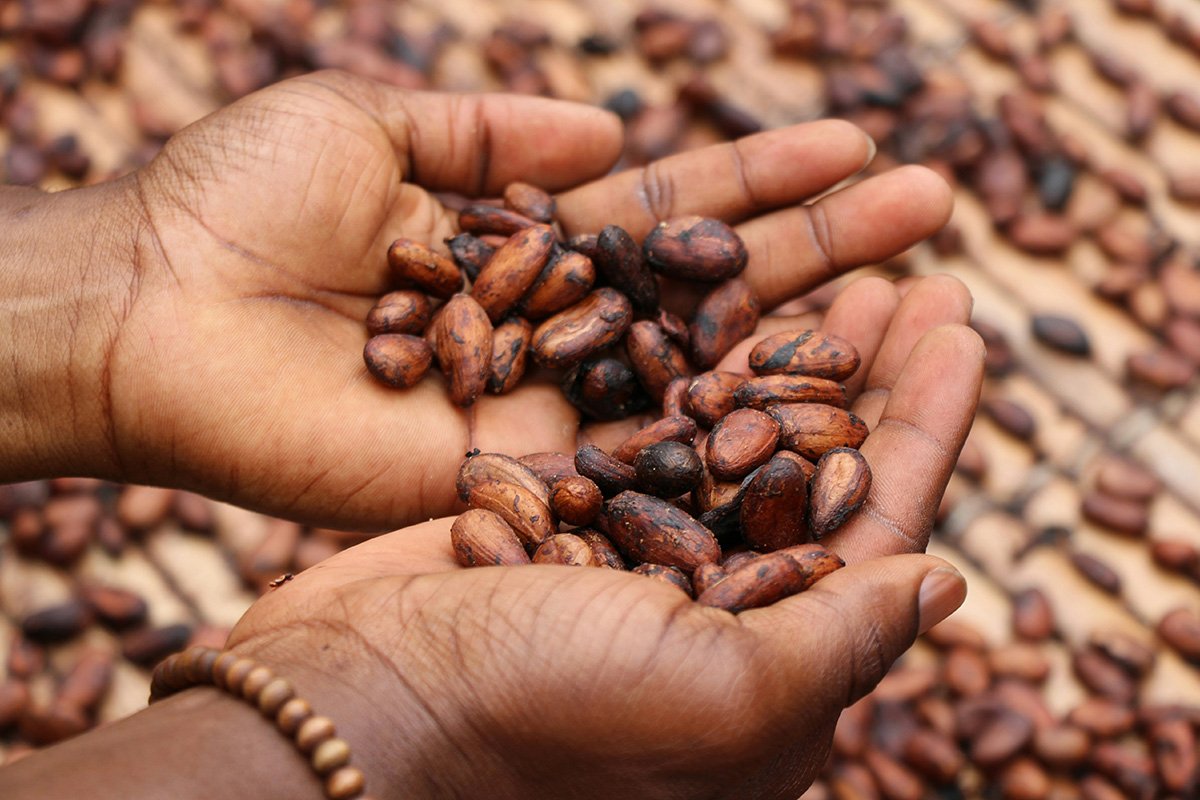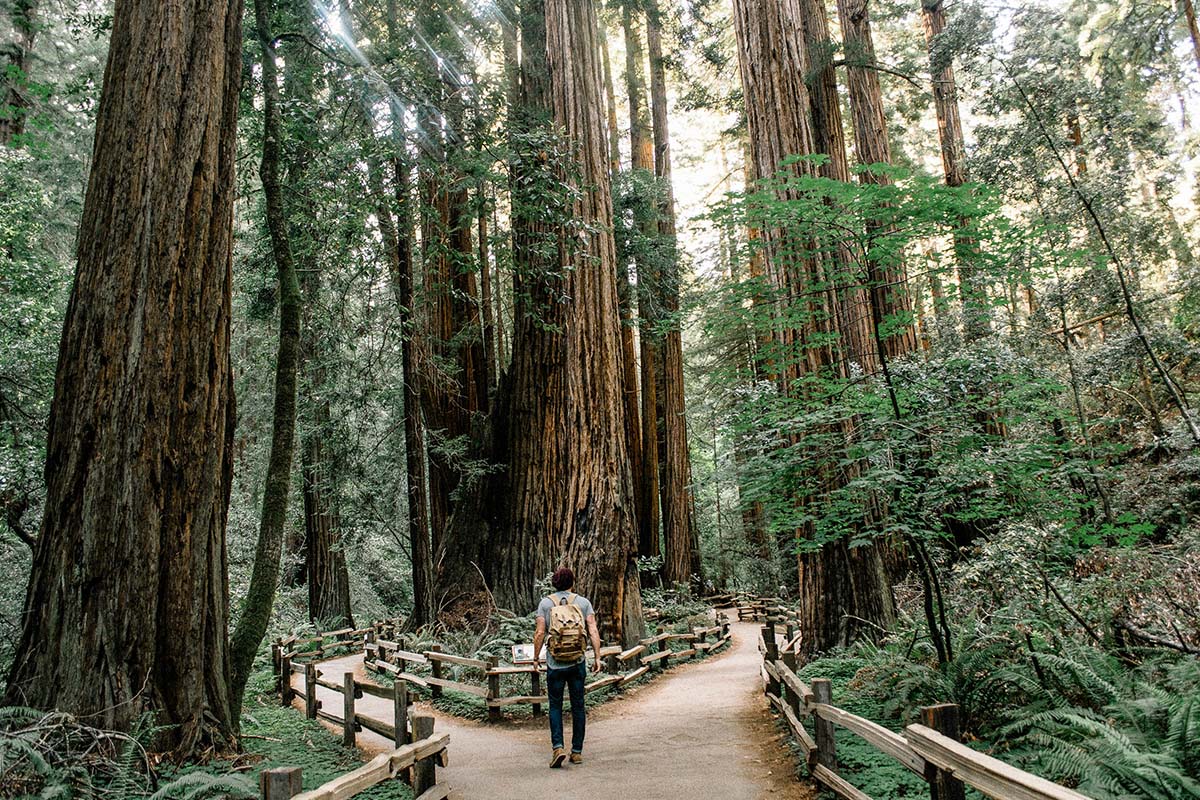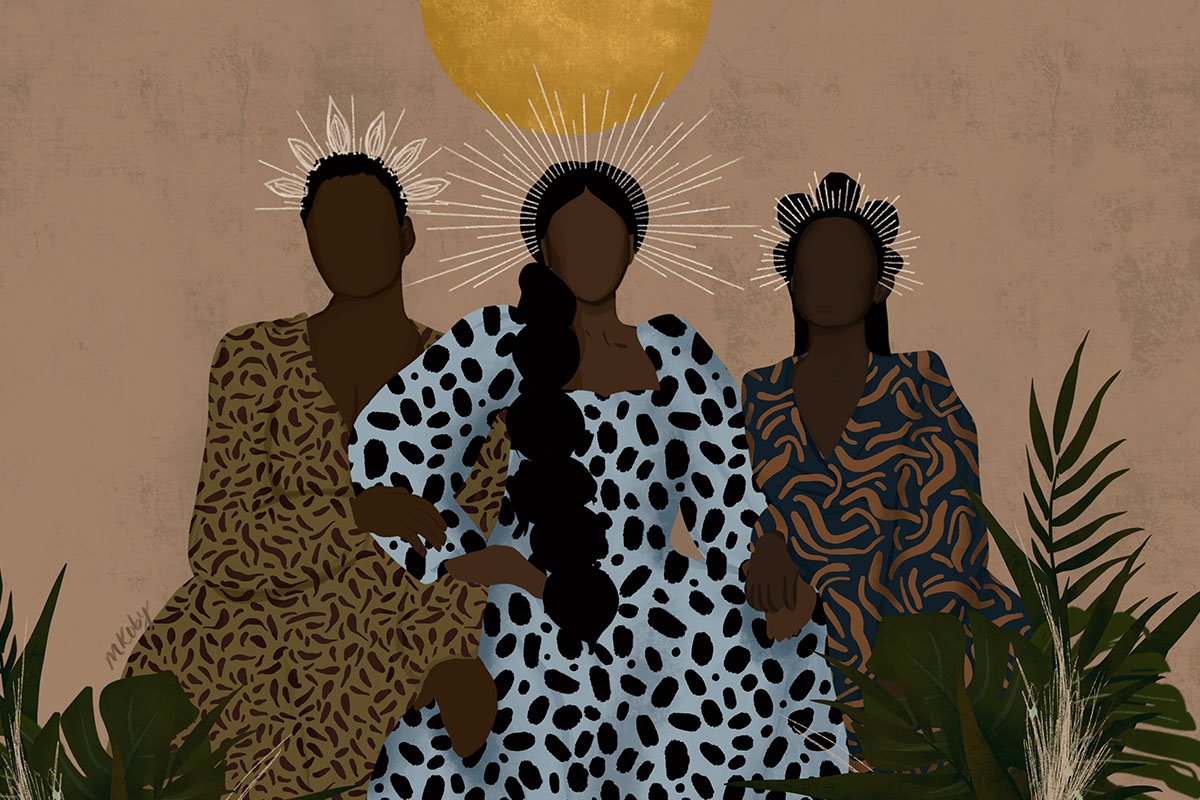
Everything begins with a story. This one begins in Memphis, TN, with a man named Robert Reed Church. Born enslaved in Mississippi, by the turn of the 20th century, Church had amassed a real estate fortune and became the South’s—and maybe the United States’—first Black millionaire.
Church’s real estate, bank, and other businesses on Beale Street, along with his Victorian home on Vance Avenue, were symbols of Black wealth and anchors that created the infrastructure, narrative, and social will that made wealth creation more attainable for other Black Memphians. In short, Memphis developed a culturally rich Black middle-class neighborhood.
In Memphis today—and indeed throughout the South—Black Americans are organizing to rebuild cultural institutions and restore Black economies.
But today,100 years later, the same neighborhood looks very different. While still majority Black (91 percent), the median income is $19,844. The poverty rate is 52.4 percent, and the average life expectancy is 13 years lower than that of Memphians who live just 15 minutes away in middle- and upper-class neighborhoods.
This dramatic loss of wealth and quality of life didn’t happen by accident. Many in the city’s White elite worked to dismantle it. Buildings were burned to the ground for the “crime” of amassing Black wealth and power. This, along with subsequent violations, traumas—including the assassination of Dr. Martin Luther King Jr.—and intentional disinvestment, left Black Memphis in great need of a shift.
The good news is that in Memphis today—and indeed throughout the South—Black Americans are organizing to rebuild cultural institutions and restore Black economies.
A Culture of Abundance
So, who was Church, and what was his vision? Church’s commitment to living a good life extended beyond the bank and the boardroom. He saw to it that Black Memphians had access to art, leisure, and culture. He understood that true wealth was not just about money but about access. To ensure access for his community, he knew he needed to create and embody a culture of abundance.
In the early years of Jim Crow, when Black Memphians were kept out of many spaces, he created spaces of safety and joy for them to gather. One such example is the Church Auditorium and Park. Central to the Black community, it had amusements for adults and children alongside an auditorium where notable figures like Booker T. Washington and President Theodore Roosevelt took the stage. The space fostered social and cultural exchange and laid the groundwork for further social, economic, and political advancement for Black folks in Memphis and beyond.
Outside of Memphis, Church’s vision reached into the hearts and minds of Americans across the country. Although powerful in business, Church’s influence may have been even more potent in shaping the future of US life and culture. Aside from creating a new narrative about the possibility of Black wealth, he was a benefactor to Black cultural influencers. People like writer Ida B. Wells, who led a national campaign to end lynching; people like composer W.C. Handy, known around the world as the “Father of the Blues.”
Through his children, his culture shaping legacy extended into politics. His son, Robert Church, Jr., was among the most powerful Black people in US politics in his day, and his daughter, Mary Church Terrell, was a leading proponent of Black women’s suffrage, coining the phrase, “lifting as we climb,” and becoming a founding member of the NAACP. Both changed how America thought about the possibility of Black political power.
Part of a Broader Story
The Memphis story—of Black wealth acquired, then destroyed—is not unique. This story can be told across the country, but it is especially egregious in cities and towns with large Black populations. Take Atlanta, for instance, which is often celebrated as the “Black Mecca.”
When we look at the future of Black wealth, the US South, with 56 percent of the nation’s Black population, is impossible to ignore.
In the 20th century, Atlanta emerged as a hub of Black entrepreneurship and education. Institutions like Spelman College and businesses like the Atlanta Daily World, the nation’s first Black-owned US daily newspaper, became symbols of Black excellence.
However, despite these advances and the narrative that Black wealth in Atlanta is pervasive, the wealth gap persists. Due to exclusionary practices and economic policies that favored and continue to favor large corporations, White-owned enterprises and neighborhoods, the average Black family in Atlanta has a staggering one dollar of wealth for every 46 dollars of wealth of the average White family in Atlanta.
Restorative Economics
When we look at the future of Black wealth, the US South, with 56 percent of the nation’s Black population, is impossible to ignore. With Memphis overtaking Detroit in 2023 as the largest majority-Black city in the country, it stands to reason that we must return to the home and lessons of Robert Church to create together a new story of Black wealth moving forward. By looking through the lens of culture, Memphis offers our best chance to restore a future of safety, love, joy, and abundance, not only for Black communities but for all of us.
To restore the future, you must know the past. Kataly Foundation leader Nwamaka Agbo tells us that building a restorative economy begins with truth telling—followed by philanthropic support that provides both grant and non-grant support—including “loan guarantees, lines of credit [and] non-financial support such as technical assistance”—that acknowledge and account for the past.
Agbo also insists that the investment be not in traditional structures and institutions but in the governance and ownership by the communities working to build wealth. The intentional integration of cultural narrative, strategic reinvestment, and community ownership is the most viable and maybe the only path forward to create both social and environmental impact.
This method leverages integrated capital, providing communities with several financial and nonfinancial resources. It equips neighbors to take an active role in redeveloping their neighborhoods. It’s the repairing of past harms and the rebuilding of the cultural and economic drivers grounded in Black imagination that will build a culture of prosperity for all communities.
Applying Restorative Economics in Memphis
Agbo’s approach is embodied in the work at Historic Clayborn Temple. Located at the convergence of downtown and historically Black South Memphis, in the neighborhood that Church built, Clayborn was the headquarters for the sanitation workers’ strike of 1968, the action King saw as the future of his multiracial movement to end US poverty.
A cornerstone of Memphis’s civil rights history, Clayborn’s legacy of leveraging the story of “I AM A MAN” and King’s last campaign for cultural advancement and economic development is a powerful example of restorative economics in action. It embodies this approach with its commitment to closing the wealth gap and engaging in economic repair through the power of story.
For Clayborn, storytelling has emerged as a powerful tool to cultivate a future of Black Abundance. Clayborn’s work and, by extension, the work of Clayborn’s umbrella brand, The BIG We, shows us that a strategy at the intersection of culture and the economy is a powerful one.
Sign up for our free newsletters
Subscribe to NPQ's newsletters to have our top stories delivered directly to your inbox.
By signing up, you agree to our privacy policy and terms of use, and to receive messages from NPQ and our partners.
Creatives and cultural leaders working with leaders in economics, finance, and everyday neighbors can harness the power of narrative to redefine economic opportunities and foster community resilience. Our work to build and replicate solutions for the cultural economy brings together culture-driven real estate development, creative entrepreneur acceleration, and advocacy for cultural policy.
Stewards of Clayborn Temple and The Franklin House—the birth home of The Queen of Soul, Aretha Franklin—and 22 other historic sites in downtown and South Memphis, the Clayborn team is leveraging Memphis’s cultural assets to both bolster local ownership and economic development and attract people from elsewhere to experience the magic of the city.
Memphis-based creative entrepreneurs working with Clayborn and The BIG We in Memphis, like Kelvin Kohlheim, founder of Beale Street Brewing, and Talibah Safiya and Bertram Williams, cofounders of Mama’s Sundry, are leveraging storytelling to build brands that resonate with cultural authenticity. By embedding cultural narratives into their business models, these enterprises foster economic growth while celebrating their past.
Storytelling also plays a critical role in advocacy and community organization. As stewards of the Memphis Cultural Coalition, Clayborn organizes arts leaders to advocate for policies and practices that make access to arts for neighborhoods and infrastructure more accessible. This work highlights the stories of individuals and communities working to address economic inequalities. By amplifying these voices, storytelling fosters a collective vision for a more equitable future and encourages broader support for policies and initiatives that promote wealth building.
Beyond Memphis
This culture-based, economically centered work is happening all over the South. The ongoing efforts in Africatown, AL are a stunning example of what is possible. In Africatown, descendants of Africans illegally brought to the United States on the Clotilda, the last documented slave ship to ever reach our shores, are preserving their cultural heritage and leveraging their stories to rebuild the community that their ancestors founded.
Featured in Descendant, the work being done by organizations like the Clotilda Descendants Association and the Africatown Heritage Preservation Foundation parallels the work at Historic Clayborn Temple. These stories of Africatown, like those of Memphis, catalyze a much larger, sometimes harder, conversation about history and identity. The translation of the dreams and intentions of their ancestors into community-owned cultural assets, small businesses, and affordable and sustainable homes is a powerful and poetic way to honor their stories and ensure their community’s future.
In Montgomery, AL, GirlTREK, a Black women’s wellness organization, also turns to culture and history as a grounding for economic development. The image of 40,000 people, mostly women domestics, walking in the Montgomery Bus Boycott is reflected in thousands of women walking using GirlTREK programs and gatherings. Their recent acquisition of the organizing office for the boycott opens up the possibility of leveraging this rich history.
Linking Culture and Economy
As investors make their way into these community-governed and -owned spaces, traditional investment practices won’t do. It’s important to support projects that foster systemic economic and cultural change, which begins with a deep understanding of the community and extends to investments that reflect that shift in culture.
In many cases, investors have adopted a “means justify the ends” approach, but that does not work if the means continue to inflict harm. The key for investors to avoid this is simple. Instead of creating change for communities, work in partnership with communities and invest in ways that acknowledge and transform the harm done by traditional economic practices.
No one knows a community better than the people living in it. It’s vital to make the effort to understand what a community wants and needs to sustain developments for future generations. Beyond simply watching documentaries, one must embody the lessons of the storytelling, deepen understanding, and engage in the conversation and practice of restoration and repair.
Collaboration can create a broader movement that sees culture and community ownership as essential to economic restoration. Embracing this cultural approach to economics is not just about artmaking; it’s about creating a new possibility based on a shared set of values, which can guide policy changes and inspire community initiatives. While financially scaled integrated investment is crucial to building and revitalizing communities, centering leadership on the people who have been most harmed and ensuring they have ownership and governance of the work should be standard practice.
This requires a shift from a culture of finance that says only those with capital can access it. This calls back to the revolution of values that King posited in his 1967 speech, “Beyond Vietnam,” when he said,
We must rapidly begin the shift from a “thing‐oriented” society to a “person‐oriented” society.…True compassion is more than flinging a coin to a beggar; it is not haphazard and superficial. It comes to see that an edifice, which produces beggars, needs restructuring.
By embracing their cultural heritage and leveraging creative expression, these cities are …defining a future where Black Abundance is not merely a concept but a lived reality.
Investment in story and culture as a catalyst for economic development creates the space for people to reimagine narratives and demand that we engage our creativity to reimagine the values and practices that undergird our work and investments.
While we do not have all the answers, we have our stories, our communities, our partners, our expertise, and our access to collective innovation. This work is critical, not only for Black communities but for 40 million poor Americans of all races.
Our collective work is to serve as a conduit for innovation at this intersection across the country—to be and build beloved community.
The journey toward closing the wealth gap in historically Black cities of the South is ongoing, marked by both significant progress and enduring challenges. Through the lens of storytelling, we gain valuable insights into how majority-Black communities are navigating these complexities, and defining a future where Black Abundance is not merely a concept but a lived reality.
In a world that often seeks to imitate but not fully embody the depth of Black history, the stories of resilience, creativity, and community offer a powerful new narrative. They remind us that wealth building is not just about economic metrics, but about celebrating and sustaining the rich cultural tapestry that has always been a source of strength and innovation.











